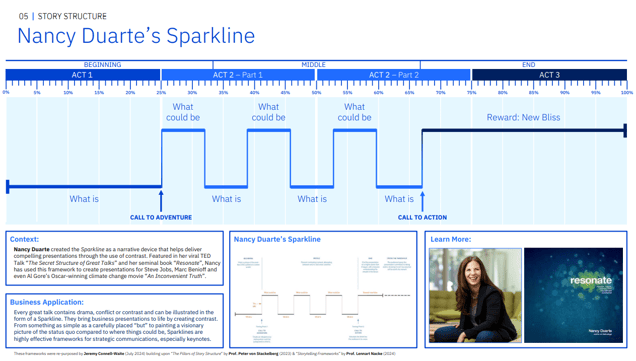Do 80% of new products really fail?
The Ehrenberg Bass Institute has a track record of blowing up commonly held industry beliefs. And now they've set charges under the much quoted stat that 80% of new products fail. They found that while failure rates are significant, they're only about half as bad as widely believed.
The Marketing Architects Podcast nicely summed up the findings:
“About 1 in 4 fail within the first year. After two years, that rises to about 40% [...] they [also] found that new products were more likely to fail in big high revenue categories like cold cereal, salty snacks and carbonated beverages [...] by year two about 45% of the new products in large categories had failed [...] then they looked at category growth [...] Products that launch into growing categories actually had higher failure rates. That's around 45% after 2 years. stable or declining categories were closer to 40% failure.”
Why are LLMs fixated on the number 7?
Ask your chatbot flavour of choice to pick a random number between 1-10, and it'll likely say 7. Which is the same answer humans give most often because it feels the most random, the least obvious. And, as Ian Leslie marvellously points out, therein lies the broader problem with LLMs:
“humans pick ‘7’ about 28% of the time, whereas LLMs pick it 90% [...] Just as humans are not picking a random number, but performing ’picking a random number’, the LLM is not generating a random number but imitating what humans say one looks like [...] The number 7 needs to be only somewhat over-represented in human discourse on randomness for the LLM to conclude, Random number = 7 [...] In theory, a machine ought to find it easier than a human to generate random numbers since it doesn’t have our self-consciousness. But by the same token (ahem) it doesn’t have a model of the world. So it over-interprets the hints we have left in its training data - until all that remains is the simulation of a cliché.”
TikTok’s TrikLok
The Washington Post has been investigating how TikTok keeps its users scrolling. Note to self: watch less than 260 videos to avoid falling into the TikTok black hole. Yeesh…
“According to TikTok’s internal documents [...] it takes just 260 videos, which could be as quick as 35 minutes, to form a habit on the app. At the beginning of our experiment, the lighter users were already spending more than a half-hour a day, on average, scrolling or watching videos. After just a week, their daily watch time jumped more than 40 percent, from 32 to 45 minutes.”
15 ways to tell a business story
Better Stories have done the lord's work by cataloguing 15 storytelling frameworks, complete with instructions on when to use each. Some are better at winning hearts and minds, while others are more suited to the likes of case studies, keynotes and creating urgency.

And finally…
Add this to your workplace first aid kit and apply liberally during moments of creative slump: Vikki Ross’ collection of lines AI couldn’t write.
Turns out watching elephants smash giant pumpkins is very pleasing indeed.
Struggling to persuade someone to watch The Shining? Try showing them the romcom trailer instead. The use of Solsbury Hill really is superb.
Bon weekend,
Fran
